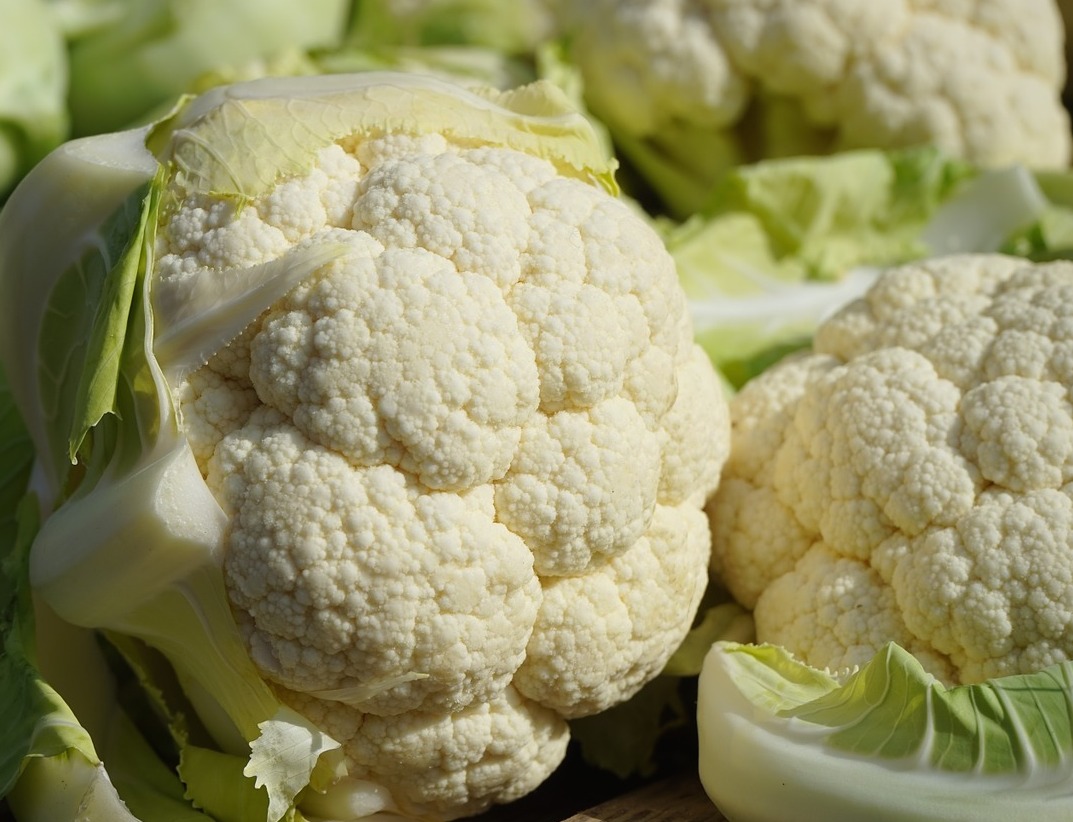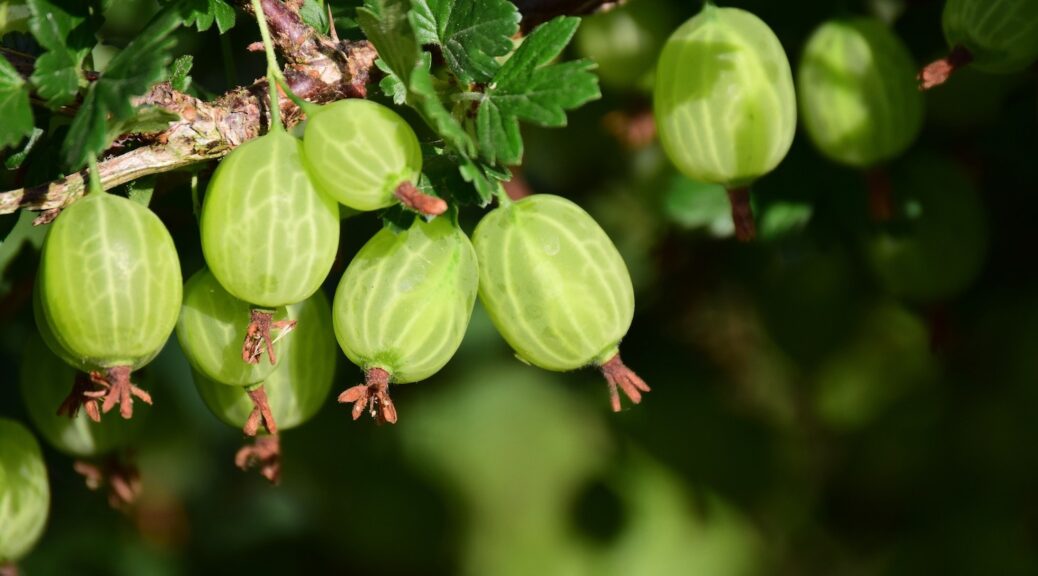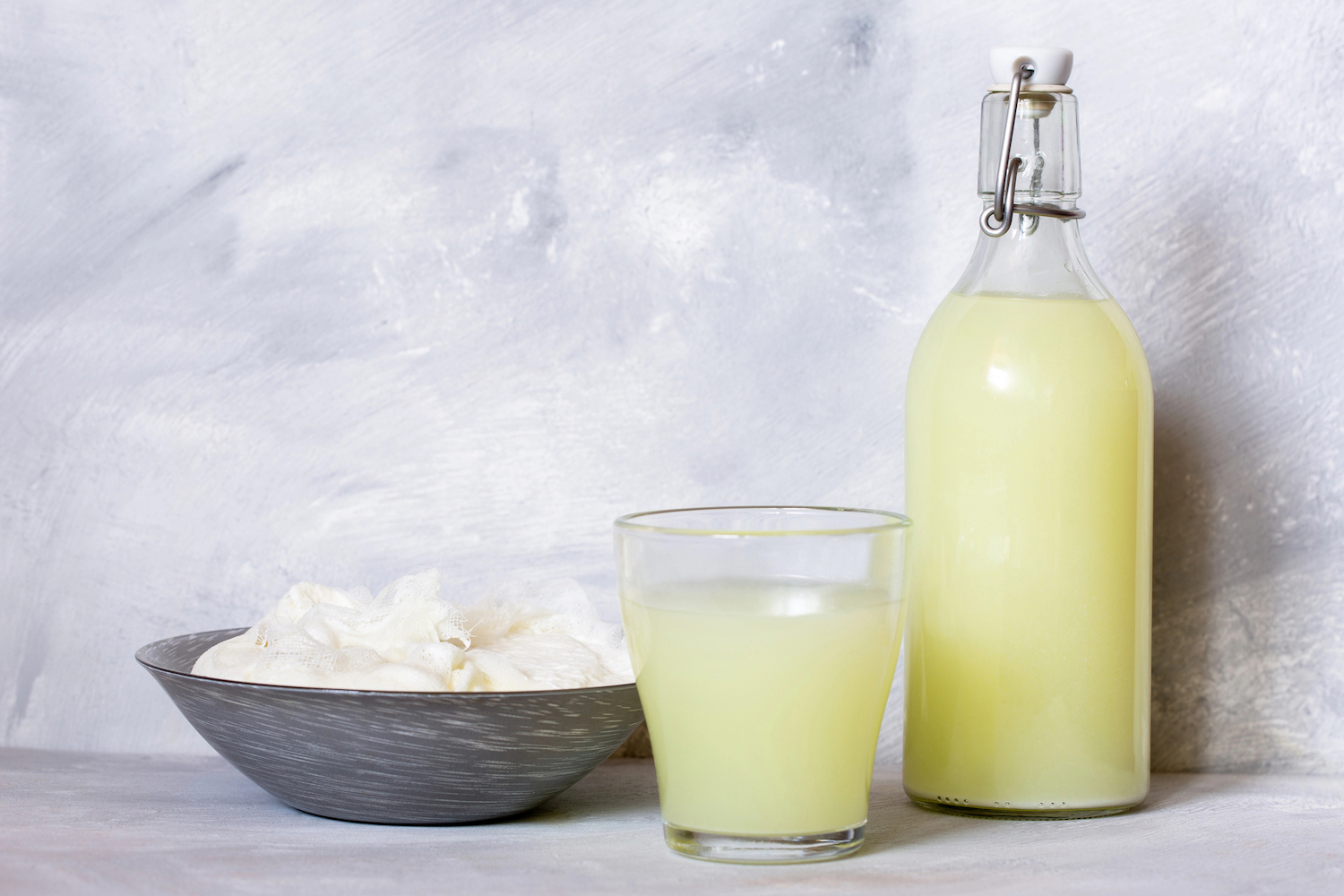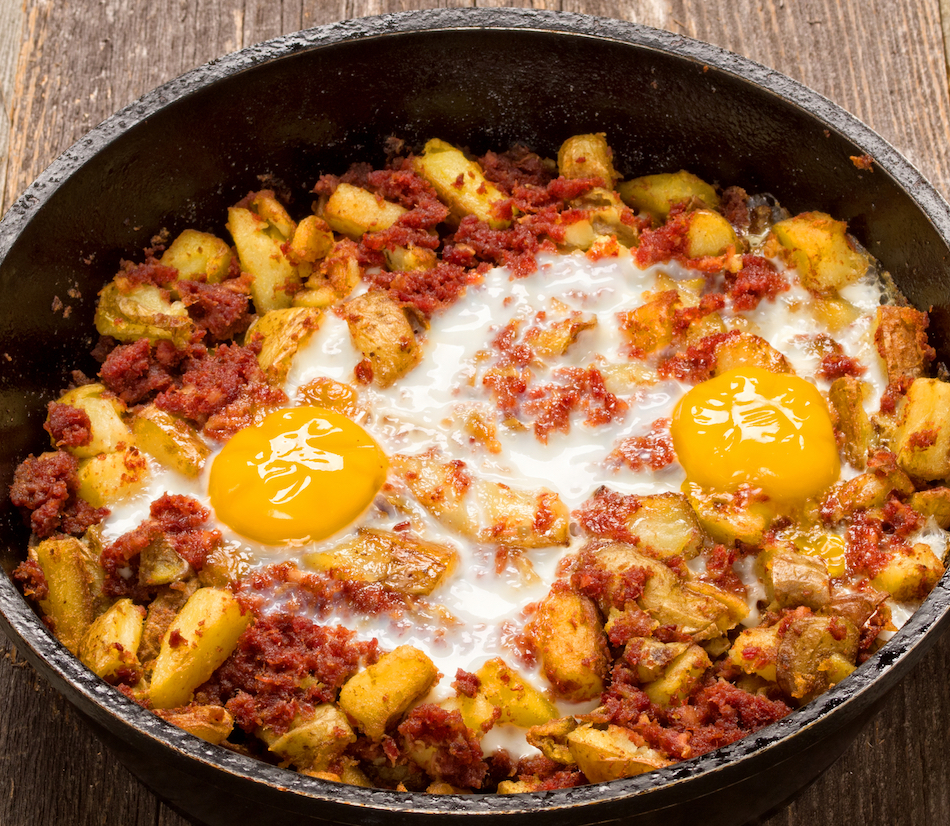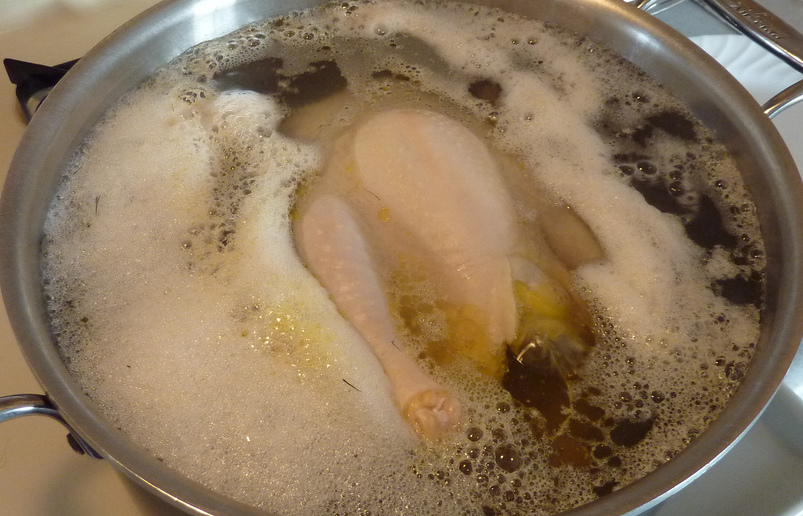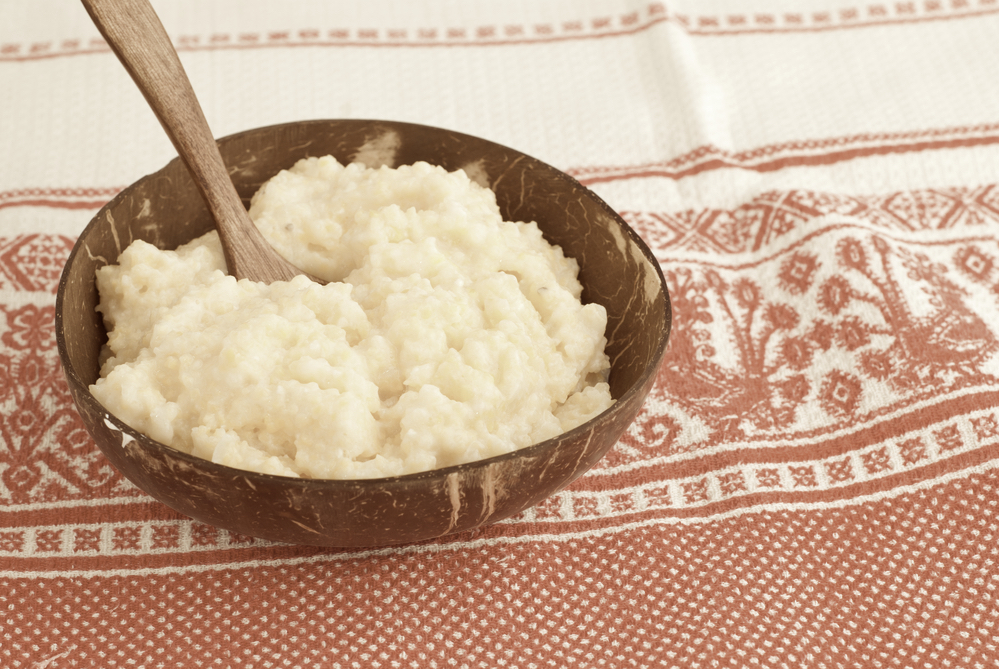Cauliflower Recipes from the 1800s
Cauliflower wasn’t very popular during most of the 19th century because it was expensive to buy. In the latter part of the century, though, when hot houses became common, cauliflower became more affordable. The recipes and advice below are from cookbooks published in the 1800s. INFORMATION BELOW FROM 1800s COOKBOOKS CAULIFLOWER Cauliflower is similar to cabbage, but its flavor is a little more delicate. The cauliflower possesses a most agreeable flavor and is sufficiently delicate to be served at the…
